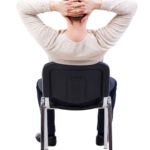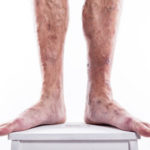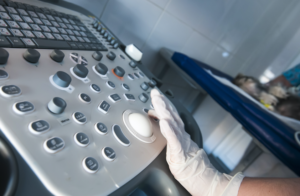 Are you experiencing symptoms?
Are you experiencing symptoms?
Lower left leg edema and pain are the two classic symptoms. It is primarily seen in younger women twenty to forty following pregnancy or immobilization. May Thurner Syndrome is chronic. Because of this patients also tend to present pigmentation changes, varicose veins, chronic leg pain, phlebitis and skin ulcers.
It can be described in three stages:
1 – Asymptomatic iliac vein compression
2 – Development of a venous spur
3 – Development of the left iliac vein DVT
What is May Thurner?
Compression Syndrome (also called May Thurner Syndrome or Crockett Syndrome) is an affliction that is fairly rare. It consists of an anatomical variant where the left iliac artery is compressed by the right iliac artery.
May Thurner Syndrome is known by several names – iliocaval compression syndrome, Cockett syndrome or iliac vein compression syndrome. This affliction is an anatomical variant where the right lilac artery compressed the left iliac vein against the fifth lumbar vertebra. Because of this deformity, it causes left side vein compression leading to deep vein thrombosis in the left iliofemoral.
How is it diagnosed?
Diagnosis is not always straightforward. Radiological evidence of compression combined with symptoms presented is key. Doppler ultrasound can detect a deep vein thrombosis in the iliac vessels. CT and magnetic imaging may also be used. Seeing a vein specialist is vital if you suspect you may have a vein issue including May Thurner Syndrome.
Is it treatable?
Yes. Treatment clears the thrombus to print post-thrombotic syndrome and to correct the initial compression of the left iliac vein. Several different surgical procedures may be used.
If left untreated a significant number of patients will develop post-thrombotic syndrome which can be debilitating.
Management of May-Thurner syndrome has evolved over the years. Endovascular therapy has become the primary treatment. With early recognition and aggressive treatment, May-Thurner syndrome is a manageable disease.
If you live in the Tampa bay area and feel you may have vein issues please call us at 813-975-2800 or schedule an evaluation through our online form.
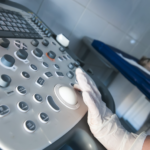
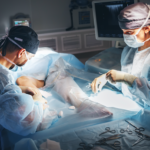
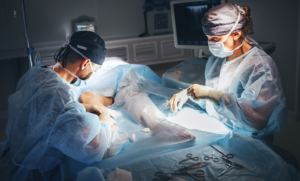 Don’t resign yourself to a life of leg pain with unsightly varicose veins.
Don’t resign yourself to a life of leg pain with unsightly varicose veins.
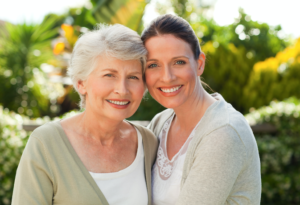 We are hearing an awful lot about genetics and health in the news these days. It may be causing you to wonder if your mother, aunt or grandmother had spider veins – you are destined to get them as well?
We are hearing an awful lot about genetics and health in the news these days. It may be causing you to wonder if your mother, aunt or grandmother had spider veins – you are destined to get them as well? 
 Most people will just assume that they are getting dehydrated and need to up the water intake or shop for a better quality moisturizing lotion. The thing is if found in conjunction with other signs and symptoms ashy itchy legs may indicate an underlying venous deficiency.
Most people will just assume that they are getting dehydrated and need to up the water intake or shop for a better quality moisturizing lotion. The thing is if found in conjunction with other signs and symptoms ashy itchy legs may indicate an underlying venous deficiency.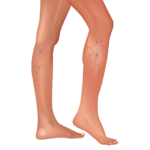
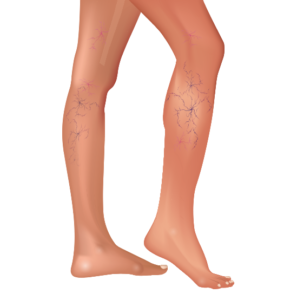 We were amazed to find just how much misinformation is floating around out there on the world wide web. No wonder everyone is so confused. Allow us to clarify.
We were amazed to find just how much misinformation is floating around out there on the world wide web. No wonder everyone is so confused. Allow us to clarify.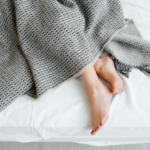
 When you try and lay down at night to fall asleep do your legs start moving and twitching involuntarily? This is what is known as Restless Leg Syndrome. It can range from uncomfortable to incredibly annoying, even painful and lead to insomnia, which in turn can bring about other lack of sleep related health problems.
When you try and lay down at night to fall asleep do your legs start moving and twitching involuntarily? This is what is known as Restless Leg Syndrome. It can range from uncomfortable to incredibly annoying, even painful and lead to insomnia, which in turn can bring about other lack of sleep related health problems.